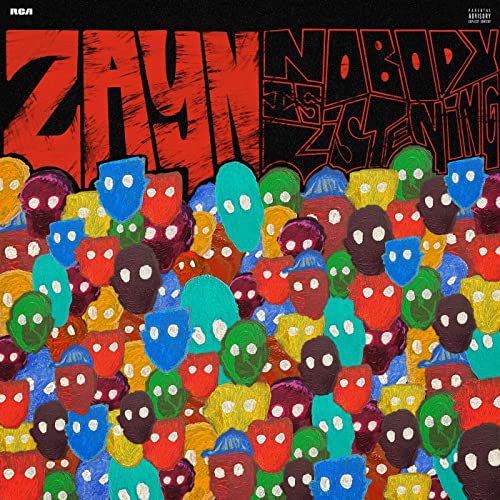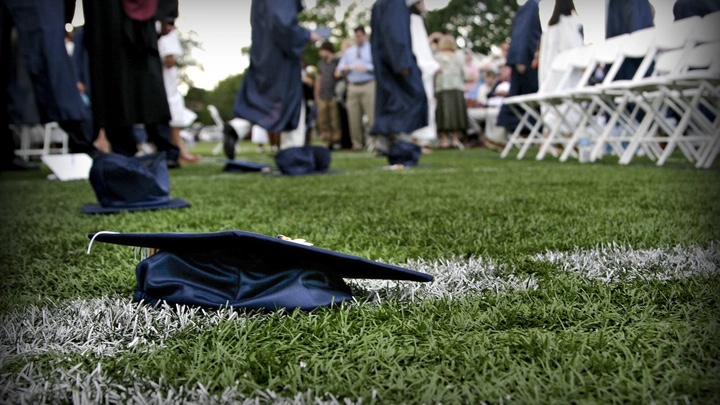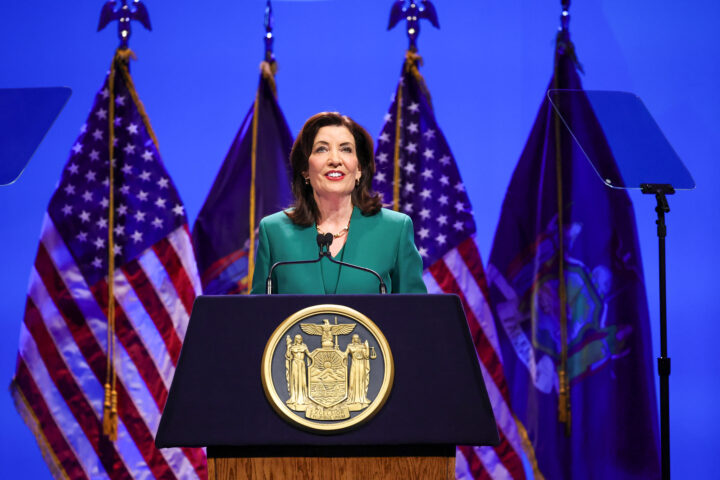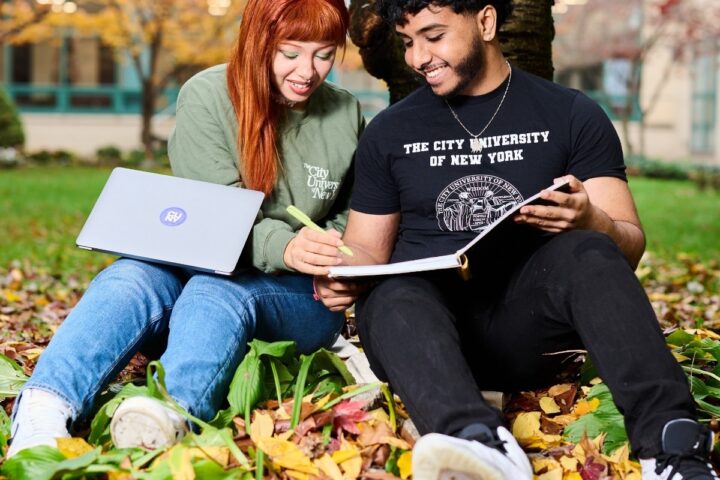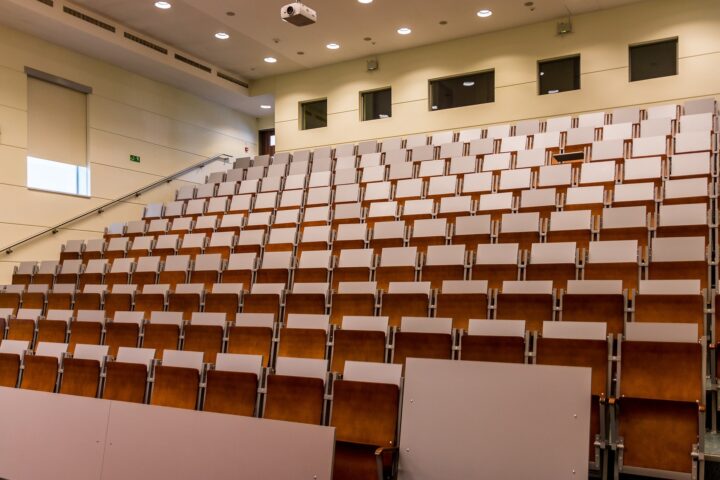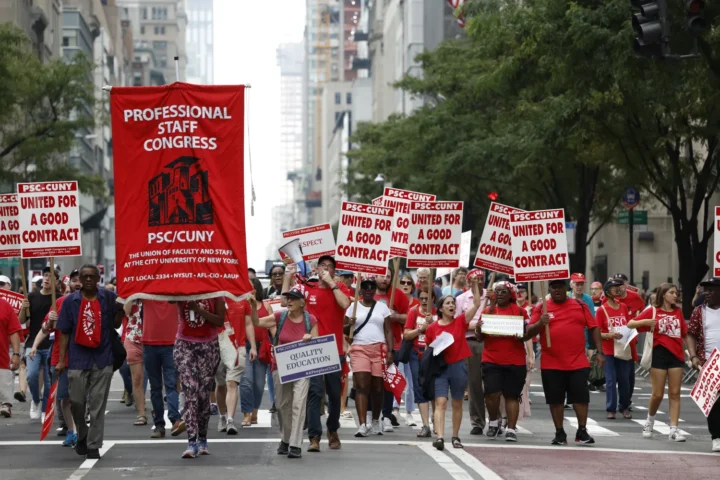On September 19, Queens College held the opening reception of the New York Latin American Art Triennial exhibit. The art exhibition is located at the QC Art Center, on the sixth floor of the QC Rosenthal Library. The exhibition was put together by the Triennial director, Luis Stephenberg, and the Triennial chief curator, Alexis Mendoza. According to the QC Art Center website, “the New York Latin American Art Triennial celebrates Hispanic Heritage Month with the participation of over 100 Latino artists, local as well as from the Caribbean, Central America and South America. The program includes over 7 art exhibitions throughout the Bronx, Manhattan, and Queens with the theme of ‘Progressive Transition’.”
The exhibit featured artists Diego Anaya, Humberto Figueroa, Francheska Alcántara, Blanka Amezkua, Marcos Dimas, Gustavo Alfredo Larsen, Juan Manuel Espinosa Ysla, Rafael Rodríguez, René Maynez, Franck de las Mercedes, Diogenes Ballester, and Naivy Pérez. The exhibits displayed a wide variety of techniques and formats. “VIVOS SE LOS LLEVARON, VIVOS LOS QUEREMOS!” (Alive they took them, alive we want them!) by Blanka Amezkua was a mixed media installation. There were 43 large flowers, along with other smaller flowers, and the figure of a person in the center. The description next to the art piece provided the context for it: “On September 26, 2014, 43 male students from the Ayotzinapa Rural Teachers’ College were forcibly taken and then disappeared in Iguala, Guerrero, Mexico.” The school, Raúl Isidro Burgos Rural Teachers College, is an all-male college that has a history of student activism. The 43 flowers represent the 43 missing students.
One attendee of the exhibit was Josiah Vera, a senior secondary education major with a concentration in English. When asked what he thought the artistic theme of the exhibit was, he responded that it would be to get a sense of history, since the pieces had “old techniques” such as dolls that resembled voodoo dolls, and traditional colors and pieces. When asked his reaction to the pieces he saw, he said, “So some pieces got my attention more than others, for the very basic reason of color, so there was a collage piece of colorful little bits put together, and one thing that caught my attention was a globe painted in white, just a white globe, titled ‘The Dispute of The New World’[by Naivy Pérez]. Some pieces didn’t catch my attention, for example pieces that didn’t have so much context so I couldn’t relate to them as much.” When asked if he had a favorite piece, Vera responded that he had two. One was the “The Dispute of the New World,” and the other was a piece made out of steel, clay, and rice. The piece was a steel bin with rice in it, and a piece of clay coming out in the middle. Vera stated that since rice is a big part of Hispanic culture and Latin American culture for many meals, “it was nice to see that incorporated inside of a small museum-like space.”
Another attendee was Joseph Hill, a QC alumnus. When asked what his reaction to the pieces were, Hill answered, “I’m glad that ‘unconventional’ art is being showcased. We’re in a time that society is more openly embracing ideology that challenges the status quo, so the wall of repression and oppression can be set free.” When asked if he had a piece he liked in particular, Hill responded that “Hidden Messages from an America That Never Was” by Gustavo Alfredo Larsen spoke to him “almost immediately” and felt like “a cry from his ancestors.” It is important to have exhibits displayed on campus such as this that highlight the struggles that Latin Americans have faced, especially during Hispanic Heritage Month.
The exhibit ends on November 5th, 2019.







